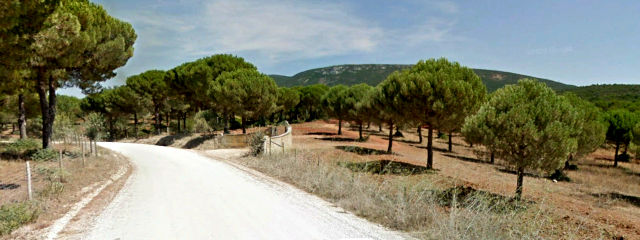Guide to Setúbal
Land of Moscatel
Olive oil, good wines and good food
• District: Setúbal is one of the 18 Districts of Portugal. From an administrative point of view, the District of Setúbal is divided into 13 councils (or counties).Learn more: District of Setúbal.
The District of Setúbal, with 875,656 inhabitants (INE, 2021), is the 3rd most populous district in Portugal, behind only the districts of Lisbon and Porto.
• County: Setúbal is one of the 13 municipalities of the District of Setúbal.
See Municipality of Setúbal.
• City: Setúbal is the capital city of the District and Municipality of Setúbal.
See City of Setúbal.

• Anyway, Setúbal is a parish of the Municipality of Setúbal.
See Parish of Setúbal.
Setúbal, Lisbon Metropolitan Area - City (100,000 inhab.), municipality (131,000 inhab.) and district of Portugal, in the south of Lisbon, whose territory is part of the former provinces of Estremadura and Baixo Alentejo.
AML
The municipality (municipality) of Setúbal is part of the AML - Metropilitana Area of Lisbon.With 51.5 km², the municipality of Setúbal has a population of 90,396 inhabitants (INE, 2021).

Location of the Municipality
Setúbal, the municipality, is located to the southeast of Lisbon; it is limited to the north and east by Palmela, to the west with Sesimbra, to the northwest with Barreiro and to the south with the Mouth of Rio Sado (River Sado).What to see in Setúbal
Many attractions to discover, from its varied historical and religious heritage to its incredible natural beauties that include Arrábida Park and its beautiful beaches. Find out more: Tourist attractions in Setúbal
Setúbal, Land of good food
In Setúbal lovers of good food, olive oils and wines will have many opportunities to taste and taste the varied and tasty specialties of its traditional cuisine."Agricultural products also deserve special attention, with some of them already referenced in official documents of the end of the century. XIV namely the grapes, wines, oranges and fish. Even today, the wines produced in the surrounding region are famous, namely table wines and the muscatel known as from Setúbal. They can be tasted in the cellars located in the nearby town of Azeitão, where excellent cheeses and delicious pies are also produced" [Visit Portugal].
Learn more: Traditional cuisine from Setúbal
Beautiful Beaches
Sea and beautiful beaches, Serra da Arrábida, Rio Sardo and economic growth. This is Setúbal. A dynamic district and with an important preserved natural heritage (Arrábida).Still, to highlight: "the excellent beaches namely the Figueirinha, Galapos and the Portinho da Arrábida (a beautiful sheltered bay) and, on the opposite bank of the Rio Sado which is easily reached by ferry, the Troia peninsula with about 18 kms of beaches and a golf course" [Visit Portugal].
Find out more: Beaches of Setúbal
Arrábida Natural Park
A large natural park with amazing vegetation native to the Mediterranean in Portugal. This kind of vegetation maquis is a separate attraction for nature lovers. And all this just 50 km from Lisbon.Among the larger trees present in the region, the holm oaks, cork oaks and oaks stand out.

Ecology, Beautiful Beaches and Sports
There are several activities offered to athletes in this beautiful natural park with mediterranean features. Hiking, boating and diving in the waters transparent views of its popular beaches are the highlights.
What to do in Setúbal
For lovers of active holidays, there are many activities to do in Setúbal: discover its historical heritage and religious, activities related to nature in the Arrábida Natural Park (walks, trails, abseiling, bicycle for all terrain), various and nautical sports on its beaches.Find out more: What to do in Setúbal








